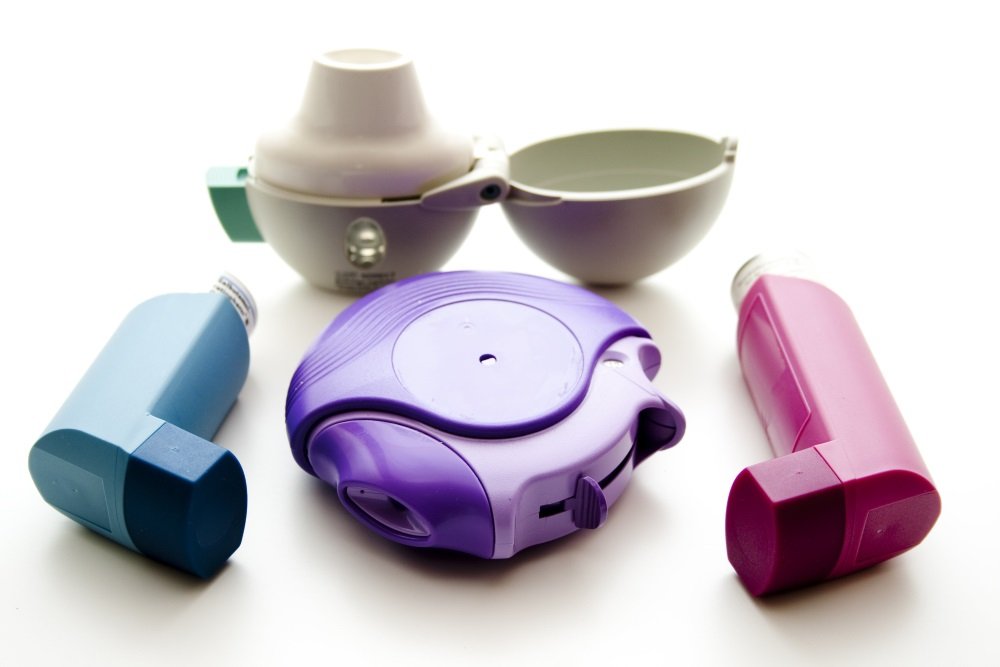Service Design for COPD
TL;DR Summary
The problem of Cardio Obstructive Pulmonary Disorder (COPD) lies in its progressive nature, making breathing difficult and necessitating increasingly costly medical care. However, proper treatment with maintenance inhalers can slow down the disease, though these medications are expensive and challenging to use. To address this, a Humana policy expert proposed a pilot program to CMS (Centers for Medicare and Medicaid Services), aiming to cover medication costs and provide training to improve health outcomes. I joined a multidisciplinary team to lead the service design of the pilot program, initially focused on building a video platform for inhaler training. We organized a workshop to kick off the program, and I facilitated exercises to define the end-to-end experience. Through empathy-building exercises and group discussions, we identified necessary tools and processes, culminating in an ecosystem map and service blueprint. Regular rehearsals refined the service design, leading to the launch of the COPD med management program, which significantly improved medication adherence among participants, demonstrating its potential to enhance health outcomes and reduce costs for Medicare, Humana and its customers.
The Problem
Cardio obstructive pulmonary disorder, commonly referred to as COPD, is a chronic inflammatory lung disease that makes it hard to breathe. It is a progressive disease as well, with patients losing their ability to get enough oxygen over time. People who struggle with the progression of symptoms will typically need more and more medical care as time goes on. However, when treated properly with a maintenance inhaler, patients can slow down the disease, but unfortunately, these necessary inhaler medications are both expensive, and difficult to use.
An example of the variety of inhalers used to treat COPD
A policy expert in the finance division of Humana had just submitted a proposal to the Centers for Medicaid and Medicare Services (CMS) to tackle just this problem using value-based insurance design(VBID), receiving approval to stand up a pilot program to test out whether covering the costs for these medications and providing training on the inhalers would save money in the longterm by improving peoples health in the short team. We had just four months to organize multiple parts of the organization and close to eighty individuals around supporting the people, processes, and technology required to make it happen.
The Solution
I joined a multidisciplinary team consisting of a business analyst, design strategist, pharmacist, and product manager to support the pilot. Myself and the product manager were brought aboard to do a discovery into building a video platform supporting the inhaler training aspect. We discovered after a couple of weeks that, in a very lean fashion, we could satisfy the needs of the program using existing Humana enterprise technology, a combination of a custom Webex tenant and the Humana bit.ly account. This freed me up from my product design and research duties to step in to plan an upcoming workshop to kick off the program.
Our ecosystem map describing all the factors that influence the problem
Workshop Facilitation
I dove into secondary research I had on hand from other Humana clinical programs to develop personas (shown below) for the activities the team was planning. We were expecting approximately twenty stakeholders from across the organization including our pharmacy, IT, finance, and retail teams, and we needed to make sure that they were keeping their thoughts on our members as we discussed the best way to create a new program from scratch.
On the first day of the workshop, I started off with an empathy-building exercise. I asked our participants to teach each other how to use a variety of COPD inhalers, but without being able to see one another. This emulated the struggle that our telephonic pharmacists go through to explain to members how to use complex medications, and proved how necessary the video coaching would be to effectively teach members how to use their inhalers.
Person on the right coaching the person behind them on using an inhaler
Following that, I broke participants into groups, each working with a different persona to define what they imagined and expected the end-to-end experience of the pilot would be, and how would they want our members to feel after engaging with us at every touchpoint. Using those as a jumping-off point, I began to identify the people and member-facing tools the team would need to effectively deliver this benefit. After the workshop ended, I compiled our notes from the two-day session and began to use those to draft an ecosystem map and our initial service blueprint for the program.
Participants chose a limited amount of features to acheive their goal
Service Design
The initial service blueprint became our living document for structuring our conversations with stakeholders as we began to operationalize our pilot concept into a reality. I held regular “rehearsals” of the service, walking our partners through the service blueprint asking what happens next, and what is required, changing it action by action. Over three months of rehearsals, I iterated on the service design to shape up a cross-organizational system that would enroll up to 2000 people in a program to provide them with free medication.
Blueprint used to orchestrate operations across the enterprise
The Results
The COPD med management program, as it would come to be named, launched on the first of the year in January 2020. Halfway through the year, the program had already proven statistically significant medication adherence amount its participants. Medication adherence to COPD maintenance inhalers has been proven to improve health outcomes for the members and lower medical costs for both patients and Humana.
“I am doing so much better because of this program. I was only using this inhaler once per day because of cost. Now, I am able to use it twice daily every day and see better results.”








